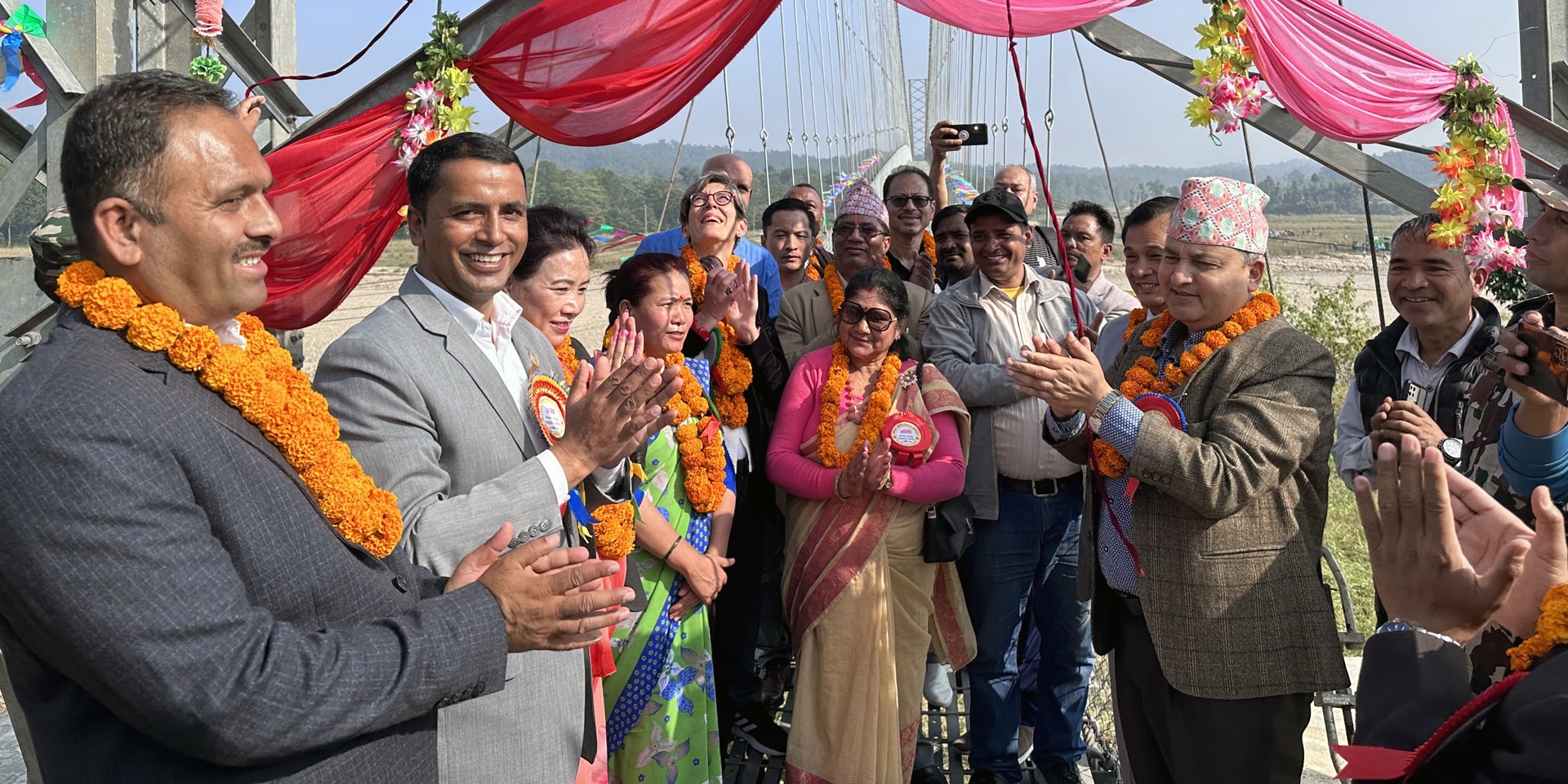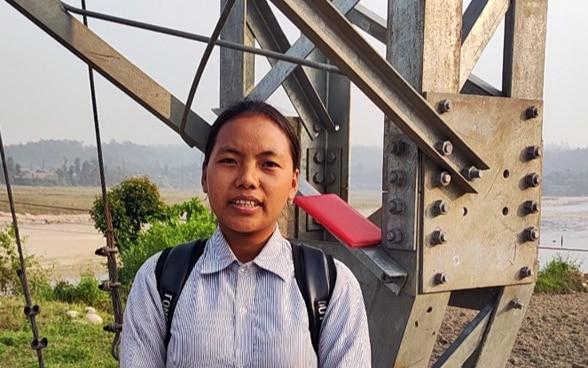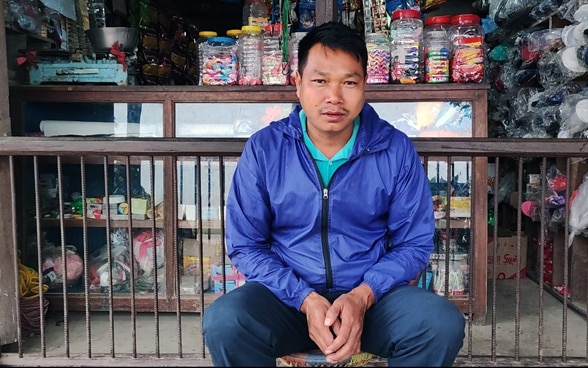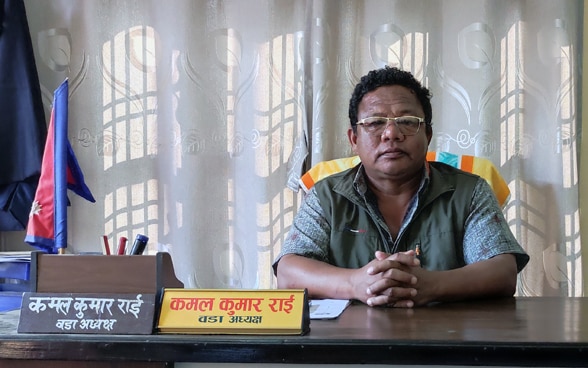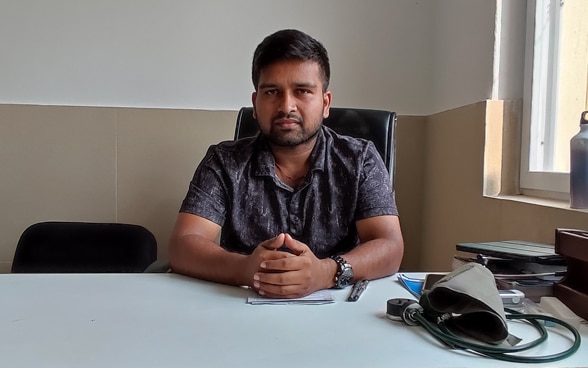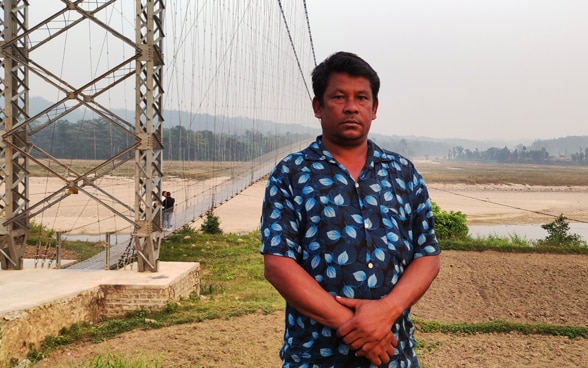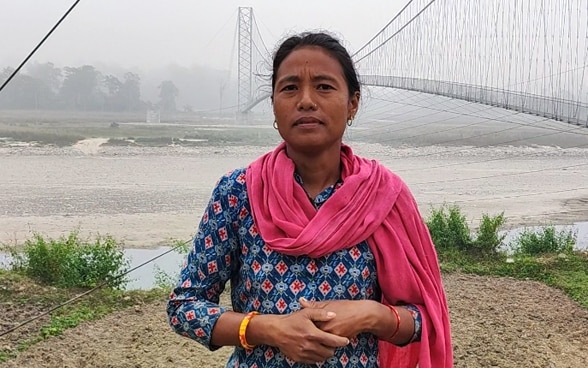“Before the bridge, reaching school was at times life threatening”
I am Dev Kumari Ale Magar and study in High School in grade 12. Before the trail bridge, reaching school was often daunting and at times life threatening. Especially during monsoon, when the river swelled, it was impossible to cross it on foot. I would have to take a four-hour detour to reach the school from my village. I often used to miss my classes during those days. Some of my peers, particularly boys, who took the risks, nearly lost their lives. With the construction of the trail bridge, I am now able to cross the river with confidence.

